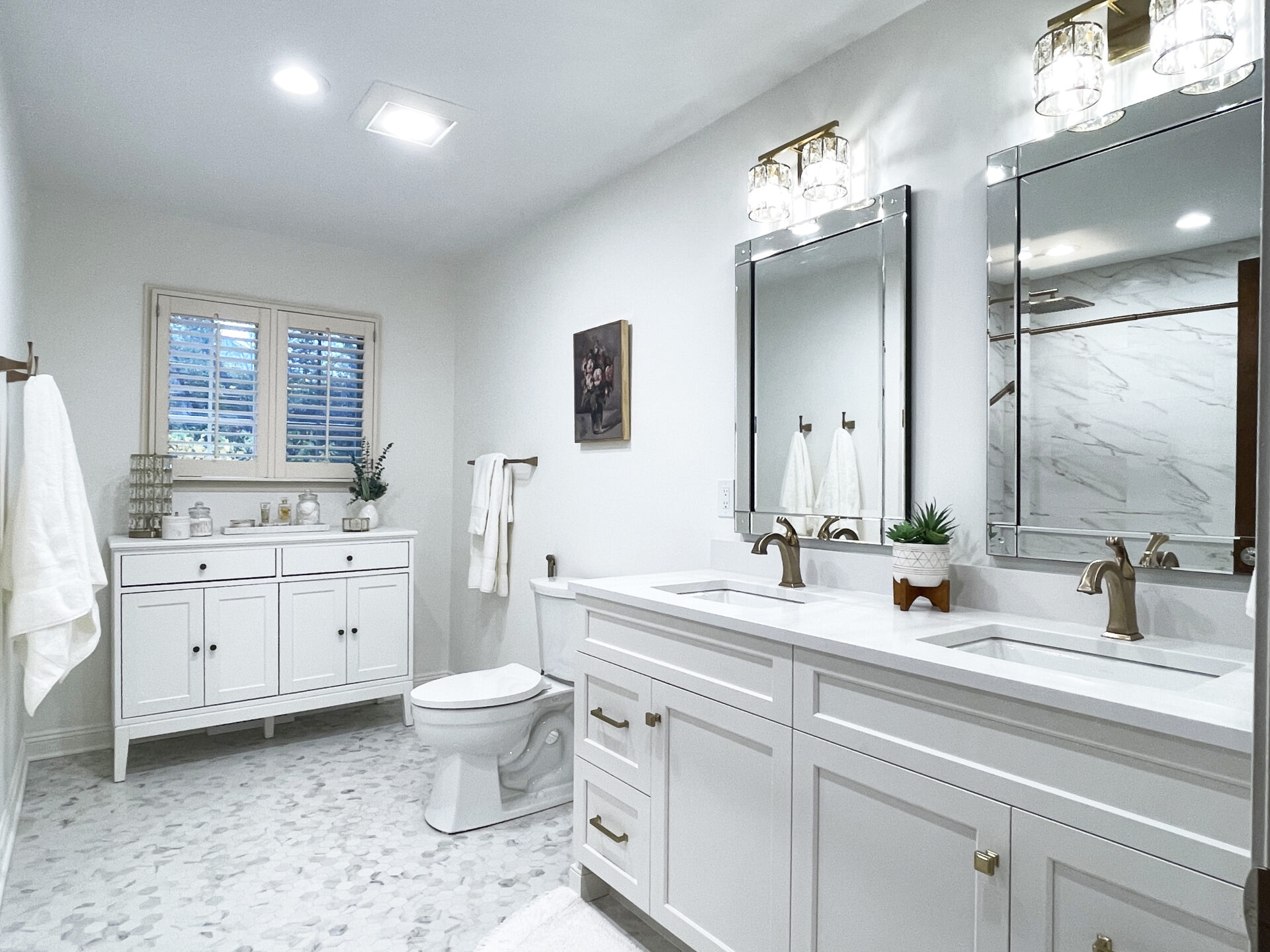
“Nearly every kitchen would benefit from a pantry of some sort,” says Normandy Designer Kathryn O’Donovan. “But those truly looking to maximize their space will often opt for a pantry cabinet, as opposed to a traditional pantry closet.”
“A standard pantry closet might be deeper than needed for the contents, not to mention accounting for the thickness of the walls and the swing of the door,” notes Kathryn. “But when you create a pantry from kitchen cabinetry material, there’s no wasted space. You can make the cabinet the exact height, depth, and width you need.”
Pantry cabinets don’t have be large, sometimes a narrow cabinet that fits into a tight space can be just what you need. “Their flexible depth makes them ideal for narrow aisles or high traffic areas, since a pantry cabinet can be as shallow as four inches,” Kathryn says. “It gives you some bonus storage space without compromising your walk path.”
Pantry cabinetry also provides some benefits not found in traditional pantry closets that are both aesthetic and functional. “Roll-out shelves are common in pantry cabinets, making everything more easily accessible,” shares Kathryn. And since these cabinets are typically full height, it means children can more easily access the lower shelves to prep lunches or find a snack.
If your kitchen design includes a layout shift or style choice that might otherwise decrease your storage capacity, pantry cabinets are helpful. “Glass front or decorative cabinetry, open shelving or an open concept layout can all eat up space for everyday storage,” says Kathryn. “A well-placed pantry cabinet, even on a wall adjacent to the kitchen, can help you regain that much needed storage space to make your kitchen function as it should.”
Do you have a vision for an updated kitchen with better storage options? Set up a time to talk with Kathryn to discuss your ideas for a kitchen transformation. To get regular design ideas and tips, subscribe to our newsletter, or follow us on Instagram, Pinterest or LinkedIn.






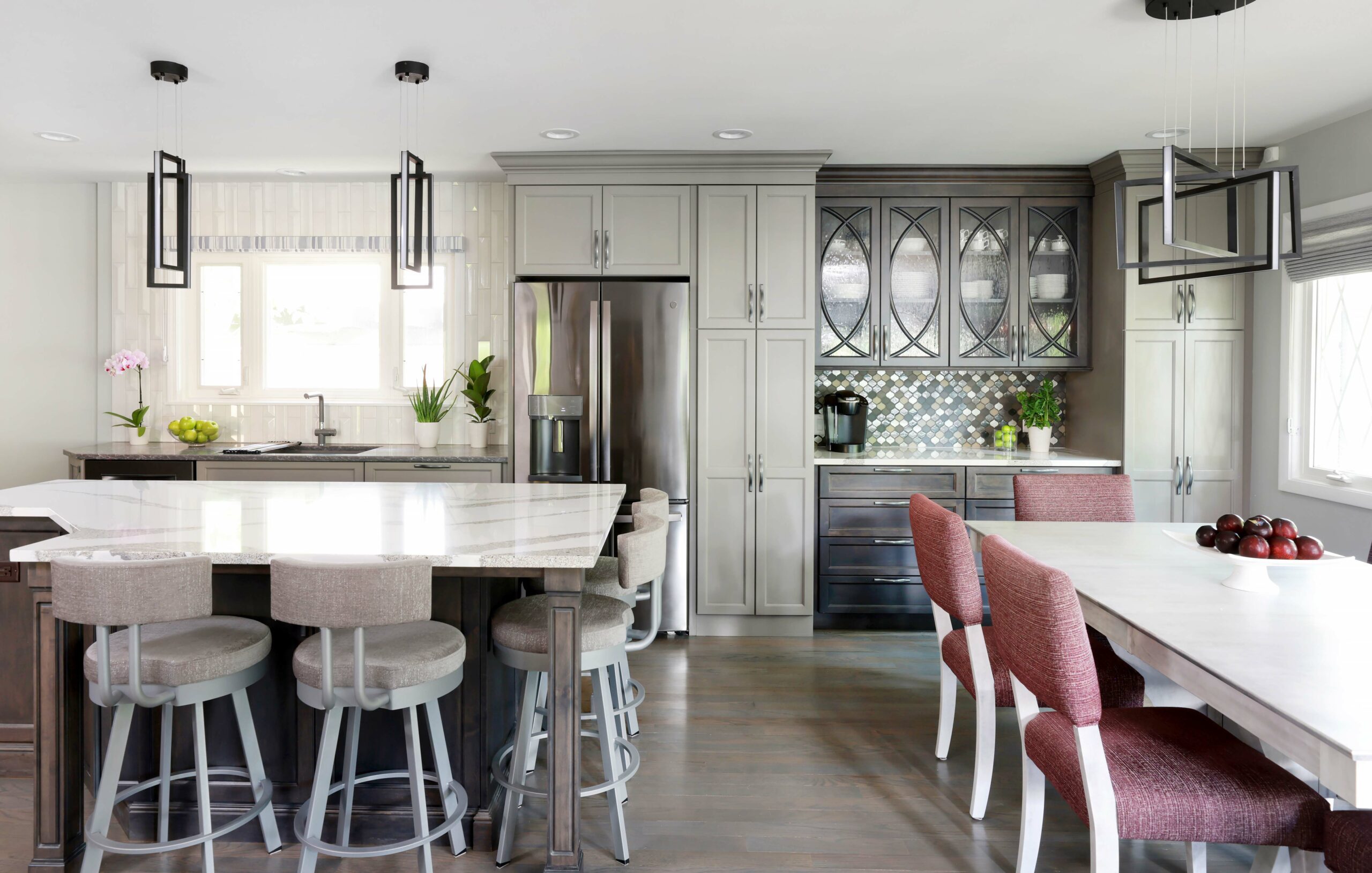

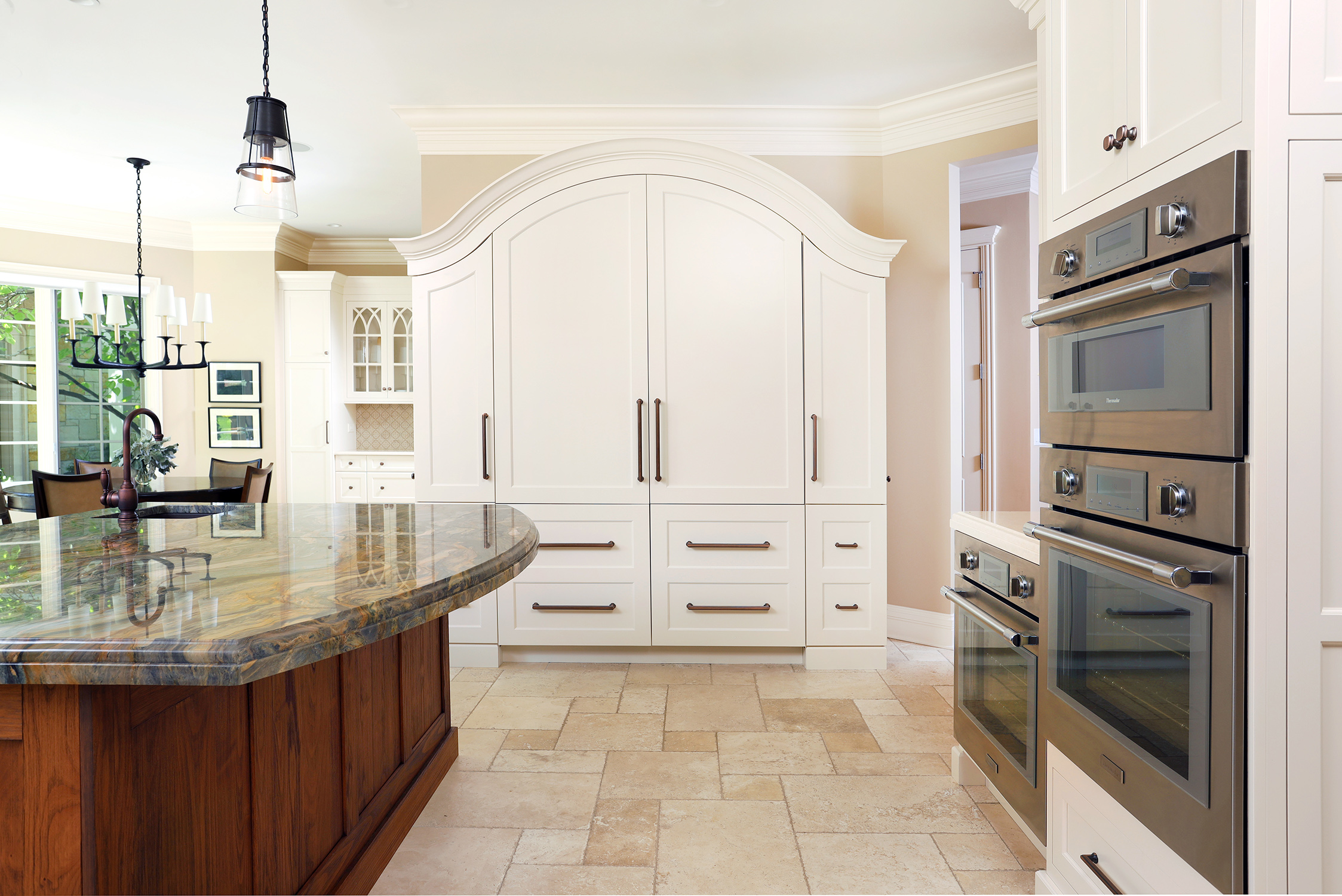
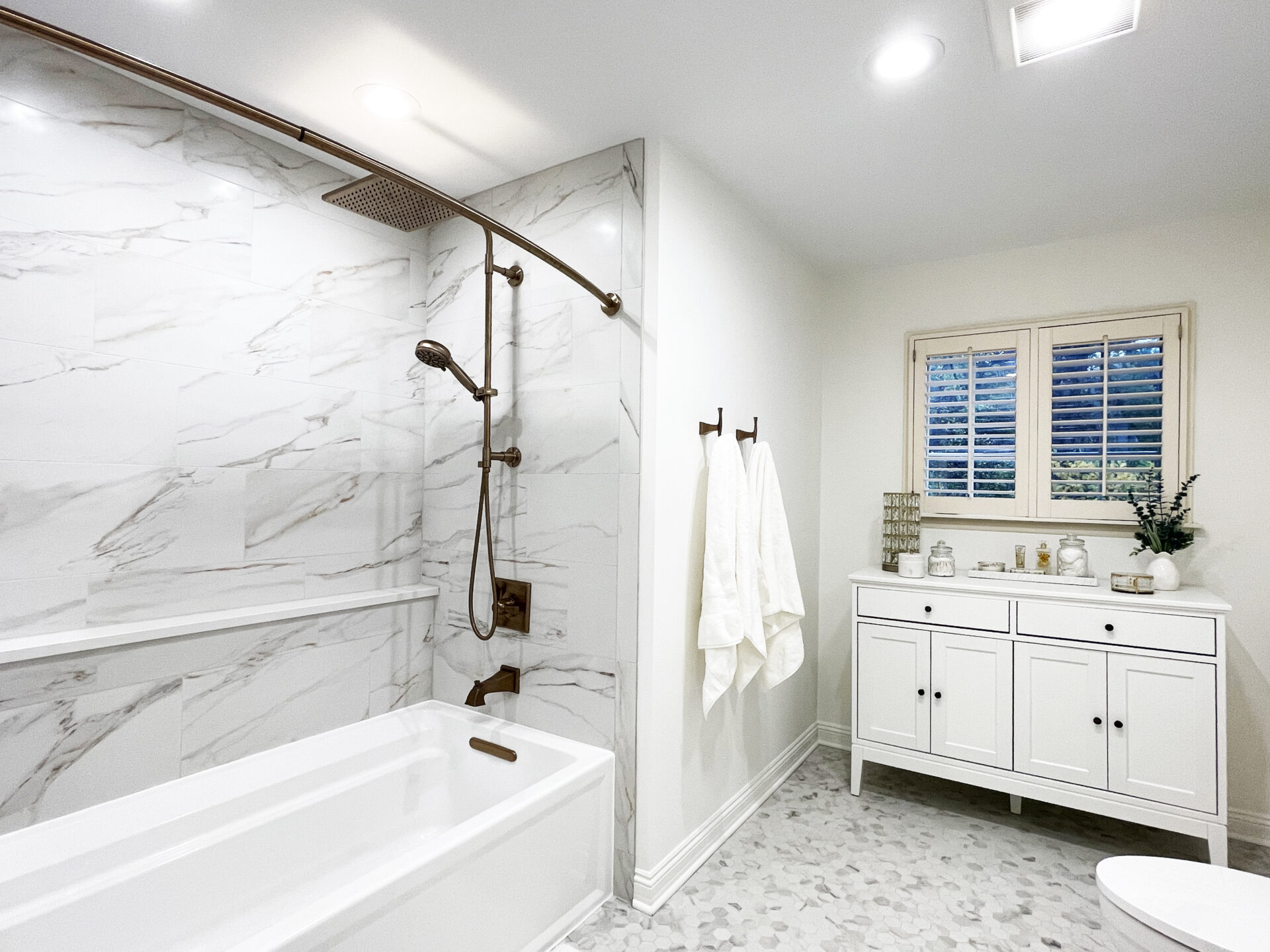
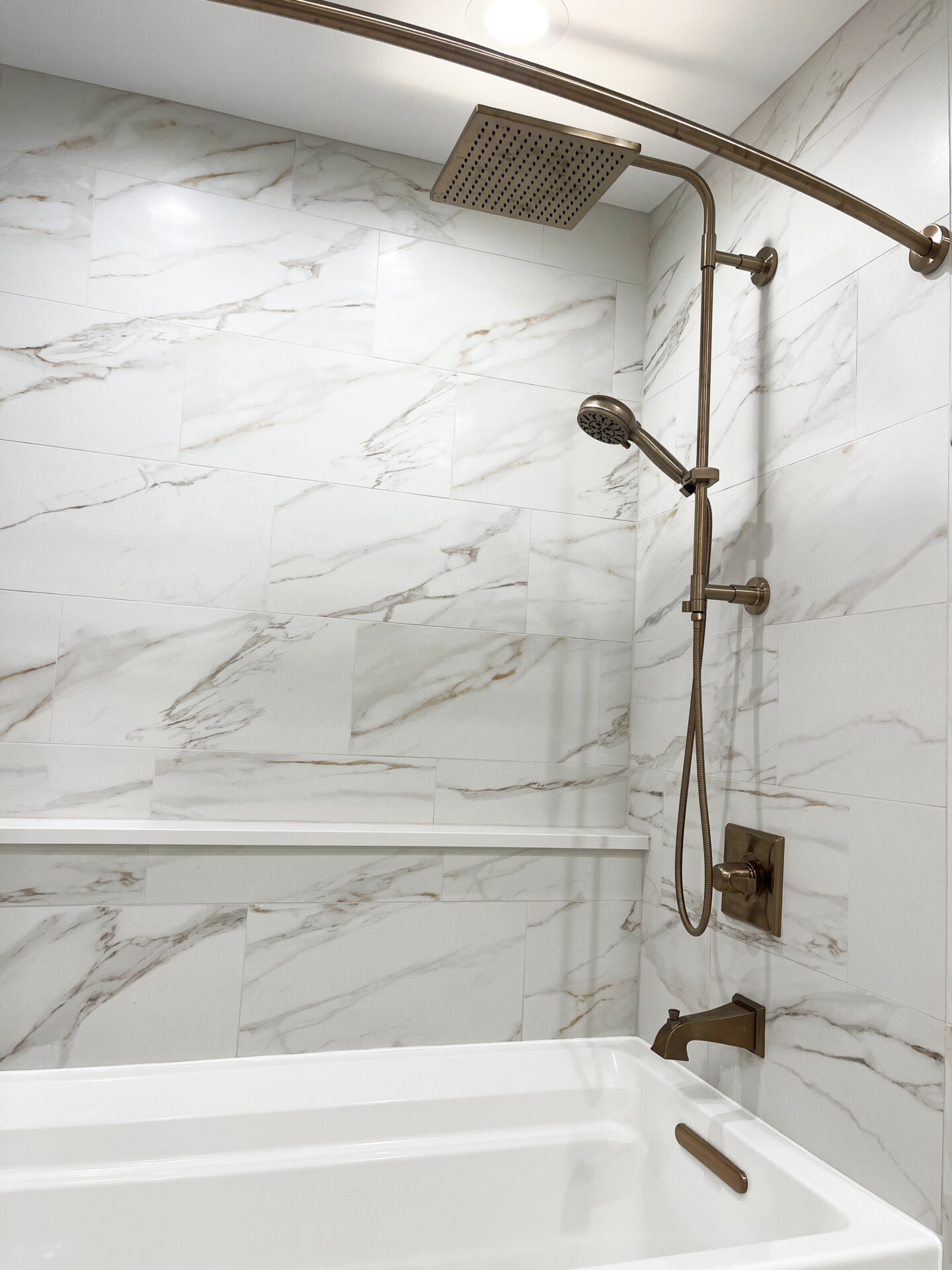 When Ashley sat down with the
When Ashley sat down with the 